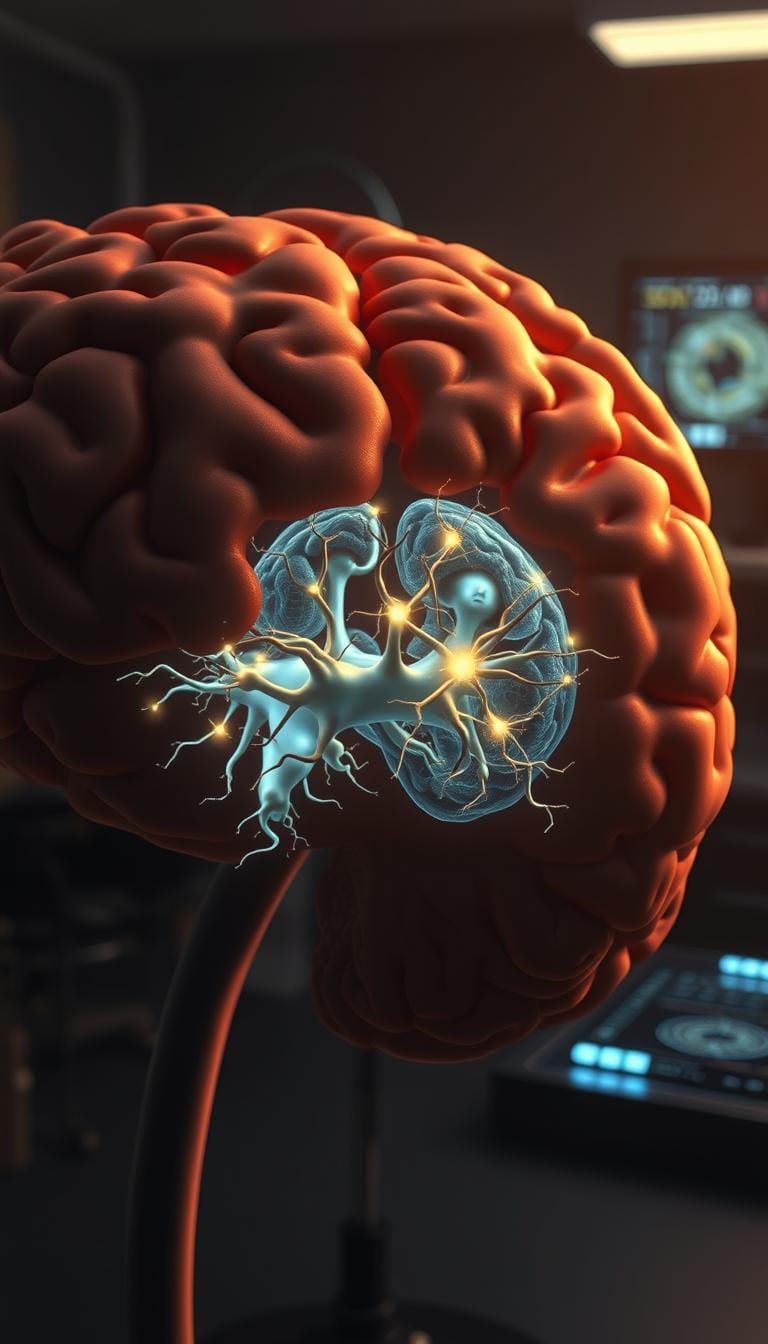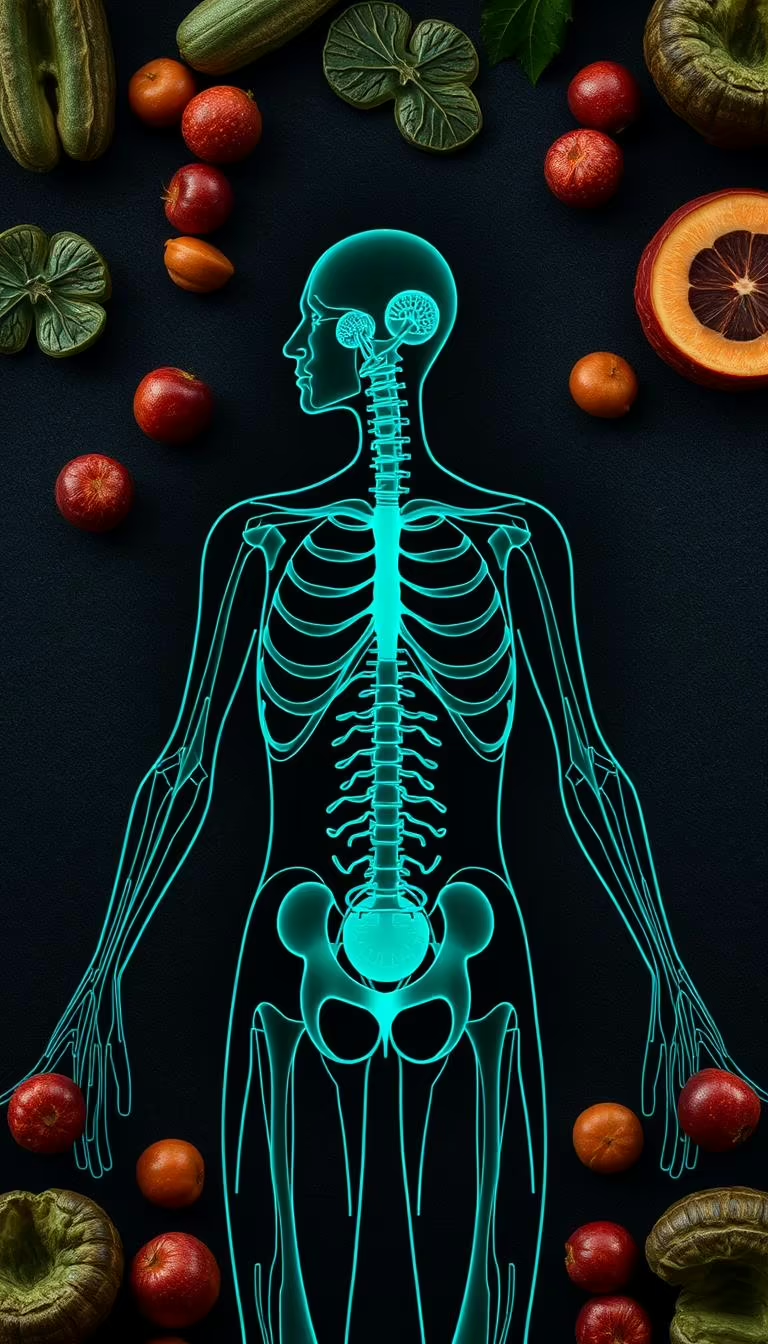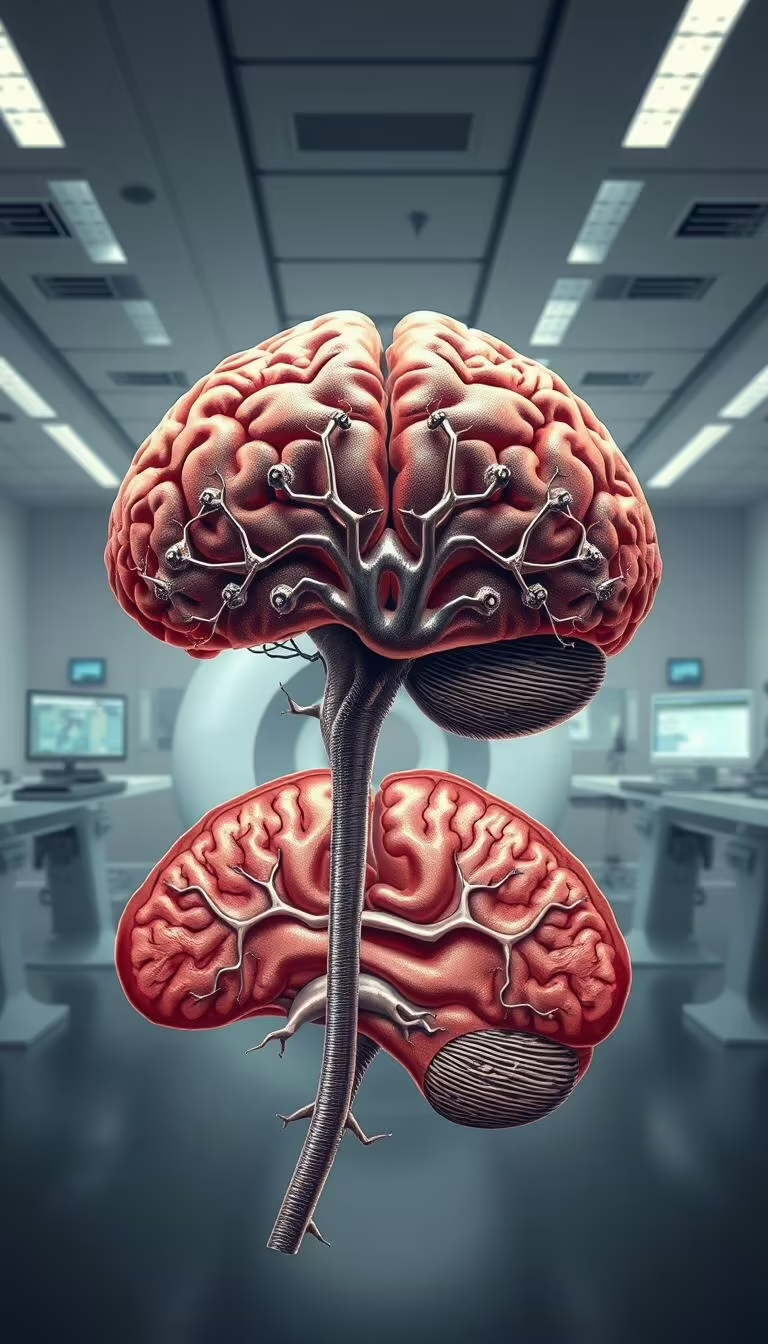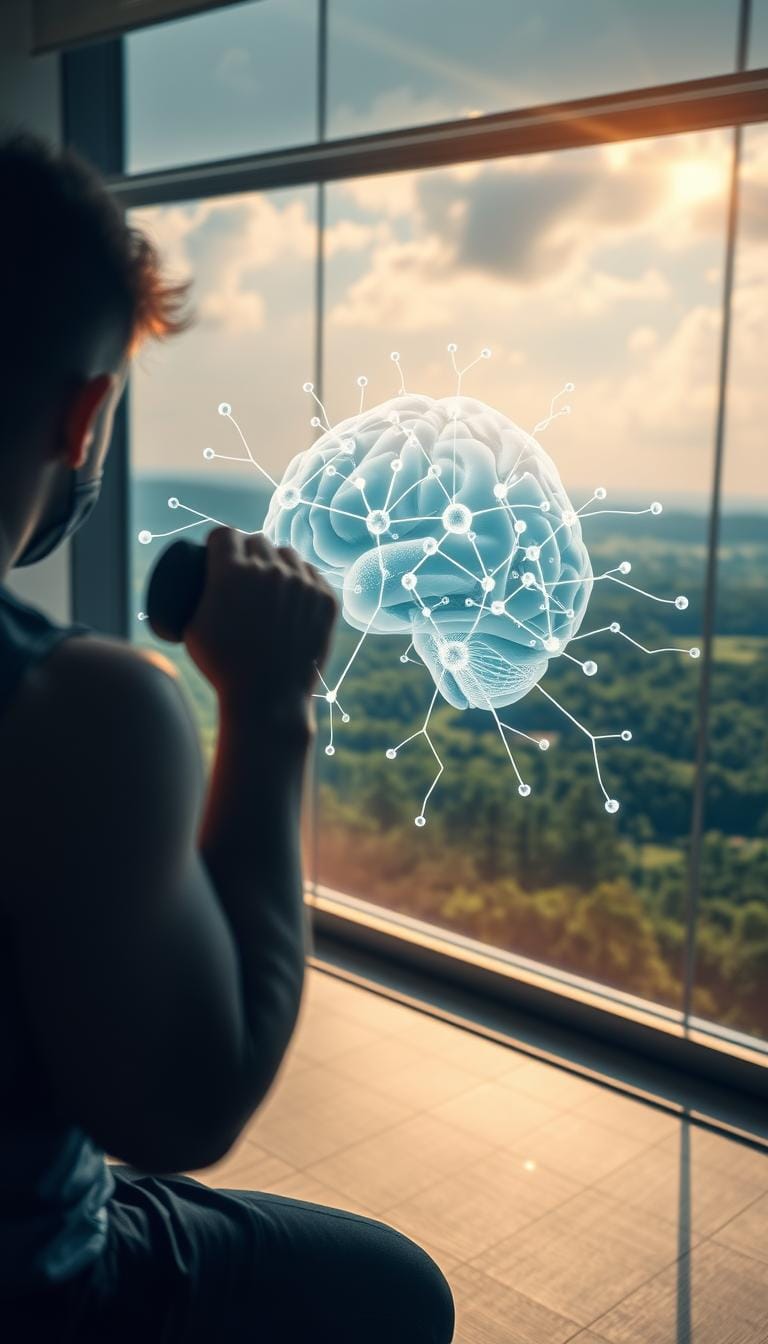What are mirror neurons and why do they matter?
Table of Contents
When I first learned about mirror neurons, I knew they held secrets to how humans connect. These brain cells don’t just fire when we act—they also activate when we watch others. That’s why mirror neurons matter. They bridge gaps between minds, shaping empathy and learning.

My journey into neuroscience began with simple questions: How do we mimic smiles or feel joy when others succeed? Mirror neurons explain this. Their discovery changed how we see social behavior, emotions, and even language. This article explores their role in our daily lives.
Introduction to Mirror Neurons
My journey into neuroscience started in a high school biology class. A documentary on brain plasticity showed how thoughts shape behavior. This idea really caught my attention. Years later, mirror neurons became the key to understanding how we connect with others through observation and action.
My First Encounter with Neuroscience
At 14, I dissected a sheep’s brain in lab. The brain’s complexity amazed me. I wondered, “How do brains ‘know’ what others feel?” This question stayed with me through college, leading me deeper into neuroscience.
Setting the Stage for Discovery
Early neuroscience looked at brain regions separately. But mirror neurons showed us the brain’s social side. Breakthroughs came from three main areas:
- Primate studies showing brain cells “mirroring” actions
- Advances in fMRI tech to map human brain activity
- Questions about autism and social communication gaps
| Concept | Role in Mirror Neuron Study |
|---|---|
| Neuroplasticity | Shows brain adaptability |
| Imitation | Key behavior linked to mirror neurons |
The Science Behind Mirror Neurons
Exploring mirror neurons begins with years of brain studies. These studies show how these cells connect seeing and doing. Let’s dive into how science turned curiosity into proof.

Groundbreaking Brain Studies
In the 1990s, researchers like Giacomo Rizzolatti studied macaque monkeys. Their brain studies found mirror neurons active in both actions and watching. Later, human fMRI scans confirmed our brains have similar networks.
Key Research and Findings
- First discovery in monkeys: Cells activated when seeing or doing actions
- fMRI scans confirmed human mirror neuron networks
- Links to empathy, language, and social disorders
| Study | Focus | Key Finding |
|---|---|---|
| Rizzolatti (1996) | Monkey brain activity | Mirror neurons exist in primate motor systems |
| Iacoboni (2001) | Human brain imaging | Humans have mirror neuron networks |
| Recent autism research | Social interaction challenges | Mirror neuron deficits may affect empathy |
These studies show how brain studies deepen our knowledge. From lab to everyday life, each discovery is a piece of the mirror neuron mystery.
How Mirror Neurons Influence Empathy
When I see someone laugh or cry, my brain feels it too. This isn’t random—it’s science. Mirror neurons are like translators in our brain, firing when we act or observe others. They connect us to others, letting us feel their feelings.
Picture a stranger tripping and getting hurt. Your instinct to wince isn’t just being polite. Mirror neurons make you feel the pain too, sparking empathy. This shared feeling is why we cringe at others’ pain or smile at their joy. It’s biology’s way of connecting us.
- Empathy starts with mirror neurons mimicking observed emotions.
- Studies show these cells help us decode facial expressions and body language.
- Stronger mirror neuron activity correlates with deeper emotional understanding.
Empathy isn’t just a feeling—it’s hardwired into us. When I volunteer, seeing others’ happiness or sadness feels real. My brain mirrors theirs, creating a shared emotional language. This neural mirroring helps us trust, solve conflicts, and bond. Without it, our social interactions would lack emotional depth.
Mirror neurons turn watching into understanding. They make empathy a physical feeling, not just a choice. This explains why some people naturally get emotions better—it’s their mirror neurons at work.
Experiencing the Impact on Imitation and Motor Skills
Every time we mimic a dance move or learn to ride a bike by watching others, mirror neurons are at work. These brain cells act as our body’s natural tutors, linking observation to action. Take a toddler copying a parent’s wave or a dancer mastering a routine by mirroring a teacher—this imitation is more than mimicry; it’s a neural strategy shaping how we move and learn.
Imitation forms the foundation of motor skill development. Consider athletes studying game footage to perfect techniques or musicians refining posture by watching virtuosos. Here’s how it works:
- Watch an action → mirror neurons activate
- Neural pathways mirror the observed movement
- Practice strengthens these pathways into muscle memory
Imitating as a Learning Tool
My first piano lessons relied on this process. By observing my teacher’s hand positions, my brain rehearsed those motions before my fingers ever touched the keys. Research shows infants begin absorbing this skill early: by 12 months, babies repeat gestures they’ve seen, even if delayed. This imitation isn’t just copying—it’s a bridge between seeing and doing.
Developing Essential Motor Skills
Motor skills like walking or handwriting build through repeated imitation. Neuroscientists note that stroke patients regain movement faster when practicing alongside therapists demonstrating movements. Mirror neurons turn observation into action blueprints, proving imitation isn’t just for kids—it’s lifelong learning. Next time you learn a new move, remember your brain is wired to turn watching into doing.
Neuroscience Insights: Brain Studies and Neural Pathways
Neuroscientists use advanced tools to study mirror neurons in the brain. They find these cells connect the inferior frontal cortex and parietal lobe. This network is key to social cognition.
My research shows these pathways light up when we watch others. This helps us understand their emotions and intentions.
Functional MRI scans show brain activity when we see someone smile or flinch. These patterns reflect our own experiences, creating a shared understanding. Brain mapping breakthroughs help scientists see how these connections grow from childhood.
For example, babies start mimicking facial expressions at four months old. This shows how social cognition begins.
Recent studies also look at how broken pathways affect social interactions. Researchers use this info to find new treatments for autism spectrum disorder. By studying these pathways, we learn more about human connection. This proves social cognition is deeply rooted in our brains.
Connecting with Others Through Empathy
My earliest memory of empathy was during a family dinner. Seeing my sister cry made me want to cry too. This is because of mirror neurons, which let us feel others’ emotions as our own.
Personal Reflections on Emotional Bonds
When I see someone get frustrated, I feel tense too. This is because our brains mirror each other’s feelings. My daughter learning to ride a bike showed this clearly.
Watching her wobble, I instinctively shifted my posture. This helped us connect, turning watching into understanding.
Scientific Perspectives on Empathy
Studies show mirror neurons fire when we act and when we watch others. For example, seeing someone wave makes our brain’s motor cortex act as if we’re waving too. This is why empathy feels natural.
Research also links better motor skills in childhood to better emotional recognition later. Teaching yoga shows this too. Students mimic poses, building trust and connection. This shows empathy is not just feeling but a physical process.
Social Cognition: Understanding the Nuances
Exploring mirror neurons reveals their role in social understanding. They don’t just copy actions; they understand the reasons behind them. When I see someone smile or frown, my brain connects with theirs, catching their mood.
Neural pathways act like a brain map for social interactions. Seeing a friend wave, my brain mirrors their happiness. This isn’t just copying; it’s truly understanding. Studies show these pathways get stronger with more social interaction, improving our ability to read others.
In a heated debate, mirror neurons help me feel the tension in a raised voice. My brain maps that emotion, guiding my response. This system isn’t perfect but is key to our shared experiences.
This knowledge is powerful. It helps therapists work with those on the autism spectrum. For me, it shows empathy is a natural part of our biology, not just a choice.
Everyday Applications of Mirror Neurons
Mirror neurons aren’t just for labs; they’re part of our daily lives. They help us learn and connect with others, often without us realizing it. Let’s see how these brain cells quietly shape our everyday moments.
Learning New Skills in Daily Life
Imagine watching someone bake a cake. You might feel like moving your hands as they whisk eggs. This is your mirror neurons at work. Here’s how they help:
- Observational learning: Watching others do tasks sparks activity in your brain, as if you’re doing it.
- Muscle memory shortcuts: Athletes and dancers learn by watching experts, thanks to mirror neurons.
- Language acquisition: Babies mimic sounds by activating the same brain areas as the speaker.
Enhancing Social Interactions
Ever felt like you really understood someone after a conversation? That’s mirror neurons at play. Here’s how they improve our social interactions:
| Situation | Mirror Neurons’ Role | Outcome |
|---|---|---|
| Team sports | Simulate teammates’ movements | Improved coordination |
| Active listening | Mimic facial expressions and postures | Deeper connection |
| Conflict resolution | Reflect emotions to show understanding | Reduced misunderstandings |
These tiny brain cells turn watching into doing, connecting minds without words. Their effect is subtle but always there, showing that neuroscience is more than just textbooks.
Future Directions in Mirror Neuron Research
Looking ahead, mirror neuron research is set to open new doors. It could change healthcare, education, and technology. Here’s what’s on the horizon:
- Clinical Breakthroughs: Finding out how mirror neurons go wrong in autism or Parkinson’s could lead to new treatments. These could help with social and motor skills.
- AI and Robotics: Robots are being made to understand and show empathy, thanks to mirror neurons. This could make them better at working with people.
- Education Innovation: Schools might start using teaching methods that use mirror neurons. This could make learning more effective through watching and imitating.
- Neurotechnology: New tools like fMRI could show how mirror neurons work in real time. This could help us understand emotions and decisions better.
For progress, different fields need to work together. Neuroscientists, teachers, and tech experts must join forces. My view is that the next ten years could change how we treat diseases, teach, and create AI. This research is not just for academics. It’s a step towards better human connections and tech that understands us.
Conclusion
Understanding mirror neurons shows how they shape our lives. These brain cells are key to empathy, learning, and social bonds. They help us connect with others when we mimic a smile or learn something new.
Research shows their role in social interactions. Our brains mirror the world around us. This connection is vital for mental health and education.
Mirror neurons make every interaction a shared experience. They open doors to better therapies and teaching methods. Their study is ongoing, but their impact on human behavior is clear.
Exploring these cells teaches us about true connection. It shows that understanding our brains is about connecting with others.






